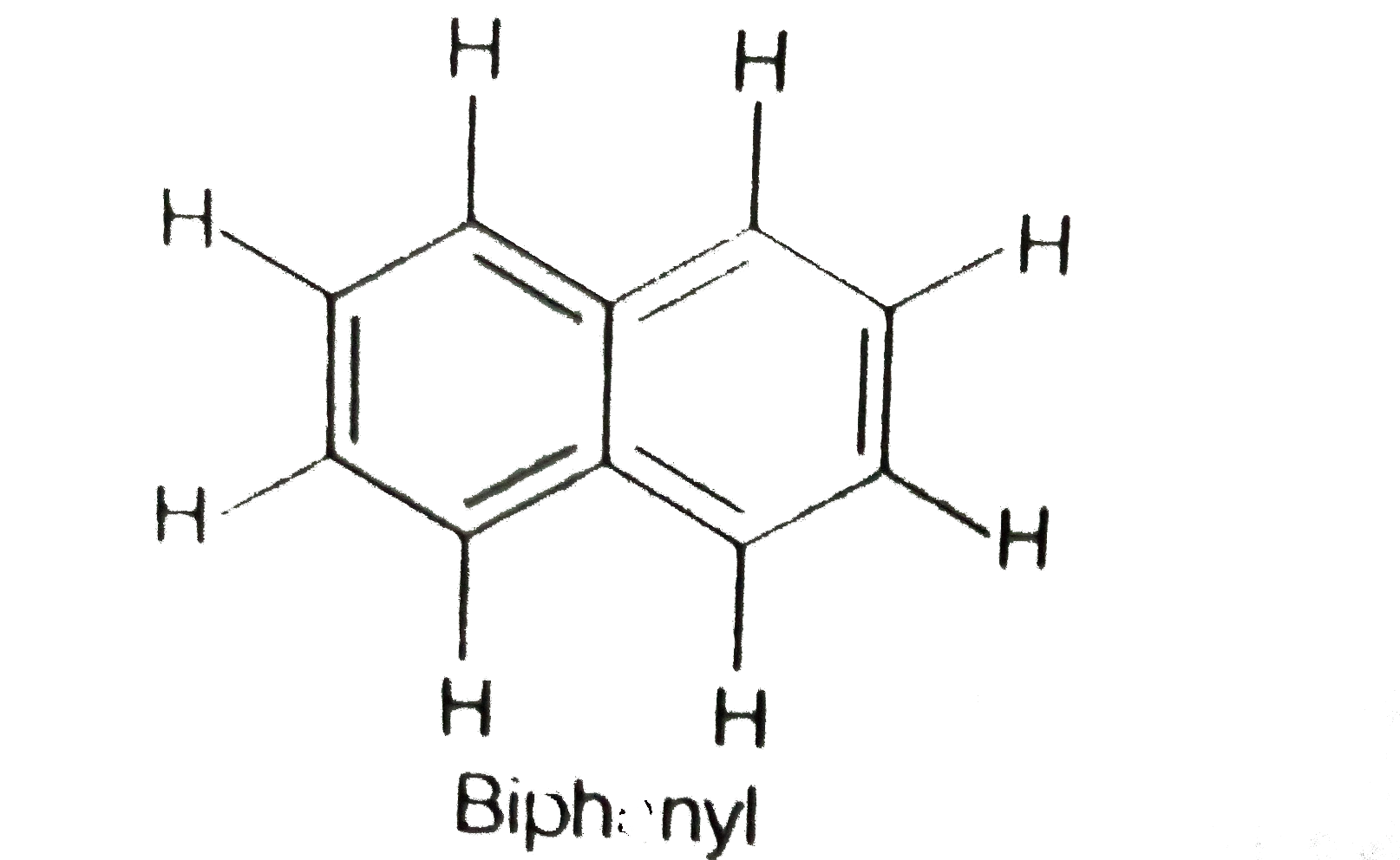Complete Solutions to MULTIPLE CHOICE QUESTIONS (TYPE -1) of chapter CHEMICAL BONDING AND MOLECULAR STRUCTURE of Class 11 book with complete answers and questions
| Class 11 | CHEMISTRY |
| Chapter | CHEMICAL BONDING AND MOLECULAR STRUCTURE |
| DINESH COMPANION CHEMISTRY | MULTIPLE CHOICE QUESTIONS (TYPE -1) |
| Number Of Questions | 29 |
| Academic Year | 2023-24 |
Isostructural species are those which have the same shape and hybridisation. Among the given identify the isostructural pairs.
03:03View SolutionPolarity in a molecule and hence the dipole moment depends primarily on electronegativity of the constituent atoms and shape of a molecule. Which of the following has the highest dipole moment?
02:15View SolutionThe types of hybrid orbitals of nitrogen in `NO_(2)^(+), NO_(3)^(+) and NH_(4)^(+)` respectively are expented to be :
06:41View SolutionHydrogen bonds are formed in many compounds e.g. `H_(2)O`, HF, `NH_(3)`. The boiling point of such compounds depends to a extent on the strength of hydrogen bond and the number of hydrogen bonds. The correct decreasing order of the boiling points above compounds is
05:08View SolutionIn `PO_(4)^(3-)` ion the formal charge on the oxygen atom of P-O bond is
00:56View SolutionIn `NO_(3)^(-)` ion, the number of bond pair and lone pair of electrons on nitrogen atom are:
01:47View SolutionWhich of the following species does not have tetraahedral geometry ?
01:18View SolutionNumber of `pi` bonds and `sigma` bonds in the following structure is
 01:15View Solution
01:15View SolutionWhich molecule/ion out of the following does not contain unpaired electrons?
03:45View SolutionIn which of the following substances will hydrogen bond be strongest ?
01:39View SolutionIn which of the following substances will hydrogen bond be strongest?
01:38View SolutionIf the electronic configuration of an element is `1s^(2)2s^(2)2p^(2)3s^(2)3p^(6)3d^(2)4s^(2)`, four electrons involved in chemical bond formation will be ……… .
02:06View SolutionWhich of the folowing angles corresponds to `sp^(2)` hybridisation ?
00:47View SolutionStable from of A may be represented by the formula :
View SolutionStable from of C may be represented by the formula :
View SolutionThe molecular formula of the compound formed from B and C will be :
View SolutionThe bond between B and C will be
View SolutionWhich of the following orderof energies of molecular orbitals of `N_(2)` is correct?
01:04View SolutionWhich of the following statement is not correct from the view point of molecular orbital theory?
01:47View SolutionWhich of the following options represents the correct bond order?
Thinking process
To calcualte bond order, write the molecular orbital configuration of particular species and afterwards using the formula.
Bond order =`1/2` [Number of bonding `(N_(6))` - Number of anti-bonding electrons `(N_(a))`]03:16View SolutionThe electronic configuration of the outer most shell of the most electronegative element is :
00:58View SolutionAmongst the following elements (whose electronic configuration an given below) the one having highest ionization energy is
02:23View SolutionWhich of the following attain the linear structure ?
03:12View SolutionCO is isoelectronic with
01:56View SolutionWhich of the following species have the same shape?
01:15View SolutionWhich of the following statements are correct about `CO_(3)^(2-)`?
01:42View SolutionDimagnetic species are those which contain no unpaired electrons. Which among the followig are diamagnetic ?
01:46View SolutionSpecies having same bond order are
01:31View SolutionWhich of the following statements are not correct?
01:30View Solution
MULTIPLE CHOICE QUESTIONS (TYPE -1) questions and complete solutions for chapter CHEMICAL BONDING AND MOLECULAR STRUCTURE of S DINESH & CO CHEMISTRY (HINGLISH) of Class 11
All Exercises from DINESH COMPANION CHEMISTRY Class 11 CHEMISTRY CHEMICAL BONDING AND MOLECULAR STRUCTURE
- ADDITIONAL IMPORTANT QUASTIONS
- BORD EXAMINATIONS
- COMPREHENSION
- COVALENT AND CO-ORDINATE BONDS
- EXAMPLE
- H.O.T.S. CONCEPTUAL QUESTIONS
- HYDROGEN BONDING
- III.MATCHING TYPE QUESTIONS
- IONIC BOND
- IV. ASSERTION-REASON TYPE QUESTIONS
- JEE (JOINT ENTRANGE EXAMINATION) ADVANCED COMPREHENSION LINKED MCQs
- JEE (MAIN) & OTHER ENGINEERING ENTRANCE EXAMINATIONS
- MATRIX-MATCH TYPE QUEDTIONS
- MULTIPLE CHOICE ANSWER TYPE MCQs
- MULTIPLE CHOICE QUESTIONS (TYPE -1)
- MULTIPLE CHOICE QUESTIONS (TYPE -II)
- MULTIPLE CHOICE QUESTIONS BANK (MCQB)
- MULTIPLE CHOICE QUESTIONS MCQs
- PROMBEMS FOR PRACTICE
- REASON TYPE QUESTIONS
- STRAIGHT OBJECTIVE TYPE MCQs (SINGLE CORRECT OPTION)
- VALUE BASED QUESTIONS
